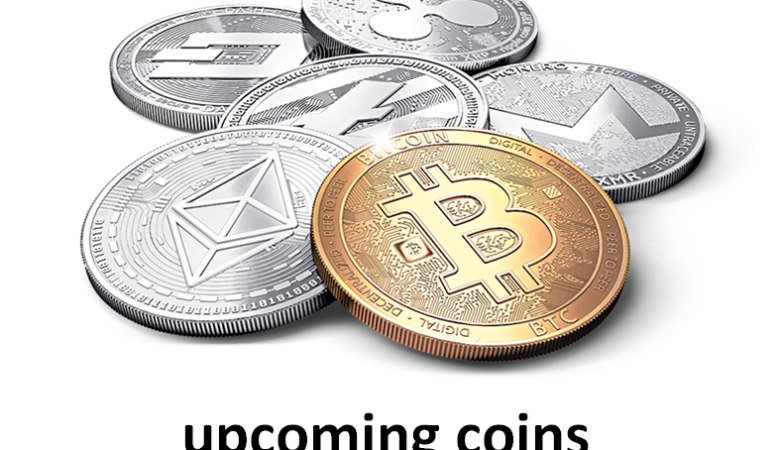I think everyone, having entered the bank, at least once drew attention to the display case with beautiful precious sparkling coins. On such stands there are coins for literally all occasions: with the faces of saints, images of animals, celebrities, memorable places, signs of the zodiac, etc.
e. Coin values vary greatly. They can cost from several hundred (as a rule, small silver ones) to several million rubles (often, gold ones weighing not a single kilogram). The latter, of course, are not put on display, but very often they are offered to VIP clients.
Imagine how the thought that you have such a coin, for example, warms your soul.
But even if you are the most ordinary client of the bank, they will still try to sell you at least some cheap little silver coin. If a bank employee noticed that you paid attention to the stand with coins, he will definitely start talking about their merits.
First, of course, they will tell you that all coins sold in banks are divided into investment and collectible (commemorative) coins. And this is true … only with a number of significant caveats.
The profitability of bank coins: true with a number of caveats
First, coins are one of the worst investment options out there. Compared to the same compulsory medical insurance, they are extremely illiquid. If you can withdraw money from OMS almost at any time, then with a coin everything is much more complicated. Coins are sold in almost all bank branches (even in very small ones), but they are not accepted everywhere.
If you bring a coin to a small branch of the bank, then do not doubt that you can be directed to the central branch. And if you live in a small settlement (small town or village), then you may even be sent to another city.
This is all due to the fact that before you buy a coin back from you, bank employees will check it in the most thorough way on special equipment, which, of course, is not available in every branch.
If you sell a coin back to the bank, then it should be in excellent condition: in its original packaging, free from defects and fingerprints (some coins may begin to oxidize in places where there was a bold print).
This is especially true for coins with a mirror surface (proof quality). Even if you, as it seems to you, wiped off a greasy trail, a bank specialist will in any case see it using special equipment.
Nobody will buy such a coin back from you.
In addition, the coin should be free of scratches, notches and burrs (with very rare exceptions, and even then, in certain places).
Secondly, not every bank is ready to accept the coins they sold back, even if they are in perfect condition. This can be clearly seen from the following table:
Spread on the purchase of investment and collectible coins
Fourthly, if, when buying an investment coin, you pay mainly for the precious metal, then purchasing a collectible coin, you are giving a decent amount for the design. Therefore, commemorative silver coins weighing 30 grams cost not 700-800 rubles, but from 2,000 rubles.
The most durable “investment”
A bank employee can tell you that over time, the price of a collectible coin can increase significantly. Only he is unlikely to specify that this time will stretch for tens of years. Bank employees often emphasize that the issue of collectible coins is limited (only 50,000 pieces!).
In a few years, some of the coins will undoubtedly be lost, some will be scratched and smeared with their prints or taken abroad as souvenirs, etc. etc.
And now, in 50-70 years, that long-awaited moment will come when there will be 10-20 such coins for the whole of Russia! It is then that you will earn a lot of money on this coin!
Now think for yourself, how should you lose your precious coin? Will you move every year and end up forgetting her somewhere? Do thieves often pick you up, who will undoubtedly steal this coin? All in all, a rather dubious argument.
Moreover, knowing that the coin cannot be taken out of the package and touched directly to it, will you do this? Unlikely. And if it was presented to you, then you, most likely, will treat a coin with care: good coins are not cheap gifts, therefore they are most often made by relatives.
And the argument that a significant part of the coins will be exported as souvenirs abroad does not stand up to criticism. Probably, all tourists only think about how to drop into a Russian bank to buy a couple of souvenirs there.
Very often, when advertising coins, bank employees emphasize that the popularity of this banking product is steadily growing. The demand is constantly increasing. However, any coins are a very problematic banking product. Not a single bank employee will ever tell you about this. The demand for them is always low. Therefore, they will be eagerly offered to you in any bank.
You will, of course, be told that new coins appear every week. But you are unlikely to be told that the “new items” three years ago, finally, were sold only yesterday.






Leave a Reply